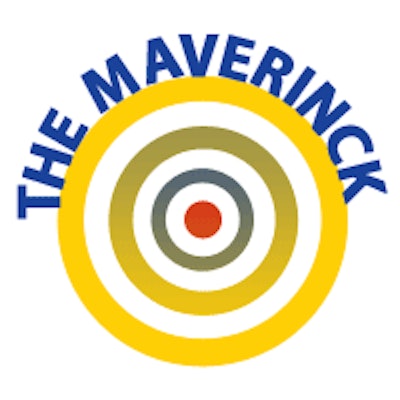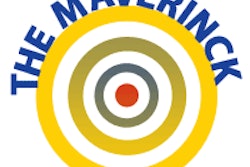
Spring is in the air -- the conference season has arrived. Meetings of all major and minor medical disciplines take place.
Congresses of and for cardiologists are not that different from those of radiologists, in particular the major ones. Of course, our brothers are richer than we radiologists, but we are holier than them. Patients with a cardiac problem are usually more afraid of death than radiological patients; therefore, they pay more. Cardiologists' congresses are a mixture of sales shows, continuing education, research news (called "science"), social affairs, and company news: lunching and lounging.
 Dr. Peter Rinck, PhD, is a professor of diagnostic imaging and the president of the Council of the Round Table Foundation (TRTF) and European Magnetic Resonance Forum (EMRF).
Dr. Peter Rinck, PhD, is a professor of diagnostic imaging and the president of the Council of the Round Table Foundation (TRTF) and European Magnetic Resonance Forum (EMRF).This year's European Society of Cardiology Congress will be in London; the global one next year in Mexico. On top of it, there are national and regional conferences by the ton, including the German one in Mannheim -- of the oldest and biggest cardiological society in Europe (they say).
However, the side effects or fringe benefits may differ between cardiological and radiological conferences: Not necessarily those for the physicians, but those for their patients. It seems as if cardiological conferences are beneficial for heart patients.
Among the tens of thousands research articles published every year, there was one dealing with the influence of scientific meetings upon the survival of patients. It was published in JAMA Internal Medicine this February.1
The authors examined for a period of 10 years the outcome of cardiac emergencies in patients admitted to a number of U.S. hospitals during the periods of two national cardiology meetings, and then compared them with identical nonmeeting days in the three weeks before and after conferences. The study included major teaching hospitals and nonteaching hospitals. For this purpose, the authors performed a retrospective analysis of 30-day mortality among patients hospitalized with acute myocardial infarction, heart failure, or cardiac arrest.
Their published results: High-risk patients with heart failure and cardiac arrest hospitalized in teaching hospitals had lower 30-day mortality when admitted during dates of national cardiology meetings. High-risk patients with acute myocardial infarction admitted to teaching hospitals during meetings were less likely to receive percutaneous coronary intervention, without any mortality effect. No mortality differences existed for low-risk patients in teaching hospitals or high- or low-risk patients in nonteaching hospitals.
In other words, major conferences are a win-win situation for both patients and doctors. The doctors get some days off, and the patients survive.
There should be a study like this for radiologists and their patients during the ECR. If the results are similar, ECR might attract more radiologists to Vienna and leave happy patients at home.
Please note: The part on radiology is a satire, although the paper in JAMA is real.
Dr. Peter Rinck, PhD, is a professor of diagnostic imaging and the president of the Council of the Round Table Foundation (TRTF) and European Magnetic Resonance Forum (EMRF).
Reference
- Jena AB, Prasad V, Goldman DP, Romley J. Mortality and treatment patterns among patients hospitalized with acute cardiovascular conditions during dates of national cardiology meetings. JAMA Intern Med. 2015;175(2):237-244. doi: 10.1001/jamainternmed.2014.6781.
The comments and observations expressed herein do not necessarily reflect the opinions of AuntMinnieEurope.com, nor should they be construed as an endorsement or admonishment of any particular vendor, analyst, industry consultant, or consulting group.



















